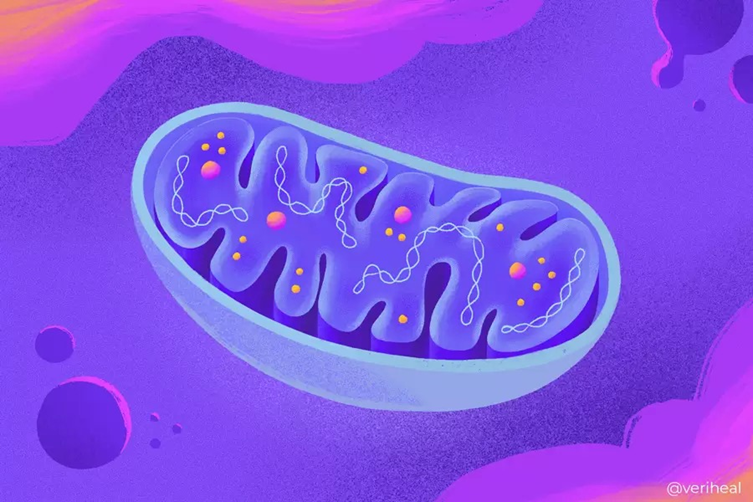Stress-Induced Mitochondrial Dysfunction: A New Perspective on Brain Health and Aging
Mitochondria, the "powerhouses" of our cells, have
always held a unique position in biology due to their distinct origin. These
days, the production of the energy required for our cells to function depends
on mitochondria. But new studies have revealed an unexpected aspect of their
behavior mitochondria might be much more than just basic energy sources. They
have the ability to behave like viruses by inserting their DNA into the nucleus
of the cell in a way that may interfere with regular biological processes.
Nuclear-mitochondrial segments (NUMTs) are terms given to these DNA insertions
that are now associated with aging, brain deterioration, and even shorter
lifespans.
Mitochondria’s Viral-Like DNA Invasion
Mitochondrial DNA Insertions in the Brain: What It Means
for Health
The Impact of Stress on NUMT Accumulation and its
mitigation
Stress contributes to the build-up of nuclear-mitochondrial
segments (NUMTs), which is one of the most fascinating discoveries of recent
studies. Stressors like poor diet, bad lifestyle choices, and environmental
conditions can trigger mitochondrial malfunction, which can dramatically
quicken the rate at which NUMTs build up in cells. Researchers found that
strained mitochondria induced NUMTs to generate four to five times faster than
in healthy cells when using human skin cells in lab studies. This implies that
our cells are more vulnerable to the deleterious consequences of mitochondrial
DNA insertions when they are under prolonged stress.
More NUMTs tend to accumulate in the brain than in other tissues, which may account for the connection between age-related cognitive decline or neurological illnesses like Alzheimer's disease and stress-related mitochondrial malfunction. The brain is particularly vulnerable to alterations in metabolism.
Furthermore, it is possible that future treatments will be
able to prevent NUMT production or reverse the harm that these insertions
produce. Drugs that target mitochondrial health are already being investigated
by scientists; if successful, these treatments may stop mitochondrial DNA from
acting like a virus, thereby preserving brain function and general health as we
age.
REFERENCE:
1. Weichen Zhou, Kalpita R. Karan, Wenjin Gu,
Hans-Ulrich Klein, Gabriel Sturm, Philip L. De Jager, David A. Bennett, Michio
Hirano, Martin Picard, Ryan E. Mills. Somatic nuclear mitochondrial DNA
insertions are prevalent in the human brain and accumulate over time in
fibroblasts. PLOS Biology, 2024; 22 (8): e3002723 DOI:
10.1371/journal.pbio.3002723
2. IMAGE SOURCE- https://www.veriheal.com/conditions/mitochondrial-disease/


Comments
Post a Comment